Bus travel
source wikitravel
By land
The situation has changed since the 28 Aug 2013, it’s now possible to enter Myanmar freely by land from at least 4 Thai/Myanmar border crossings, Mai Sai, Mae Sot and Ranong,and travel into the country see Myanmar Geneva Thai Border
Hopping across the Thai border into Myanmar’s border towns is easy, but crossing into or out of Myanmar proper by land is becoming much easier and will get more streamlined the more often it is done.
According to the Immigration Board of Myanmar, it is also possible to go out of the country on the land border with an expired visa. The usual fees of USD3/days apply. Be sure to have the exact change.
Thailand:
- Tachileik / Mae Sai - You can now cross this borders and travel into Myanmar, but you cannot continue on land and need to take a flight to reach the other open area.
- Myawaddy / Mae Sot - You can now cross this borders and travel into Myanmar. There are direct buses from Myawaddy to Yangon about 18h (about USD10), only possible every second day since the road to Hpa-An is open only in one direction changing between odd and even days.
- Phu Nam Ron / Htee Khee - This is the most direct border from Bangkok into Myanmar. The crossing is located 66km west of Kanchanaburi along the 3512. The Myanmar side is a wide 4 lane gravel road through the natural jungle, it only takes 4.5 hours to arrive in Dawei or Maungmagan Beach. Multiple minivans run both sides daily cost approx USD20. [1]
- Three Pagodas Pass (Payathonzu / Sangkhlaburi) - foreigners can only access this crossing from the Thai side; onward travel into Myanmar (ie beyond the border town) is not possible; entry/exit stamps are NOT issued here, and foreigners passports are held at the Myanmar checkpoint, where a fee is levied - US$10 if paid with US$ notes, more (500 baht) if paid with Thai currency. However, as of November 25, 2008, this crossing is temporarily closed. Note: It was reopened in December 2010.
- Kawthoung / Ranong - You can now cross this borders and travel into Myanmar. You can continue by bus, boat or plane into the rest of the country. In case of heavy rains, the buses or any transportation might be cancelled between Myeik and Kawthoung, the road being to dangerous or impossible to take.
China - foreigners can enter Myanmar at Lashio via Ruili (in Yunnan), although a permit (as well as a visa) and a guide are needed. You will most likely need to join an organized tour, costing CNY1450 as of January 2009. As of April 2009, it is impossible for foreigners to cross over from Ruili, even for the day, without first getting a visa in Kunming, ie a tour group. Crossing in the opposite direction is more difficult to arrange and details are uncertain; however, it’s possible to fly from Mandalay to Kunming, and there’s even a Chinese consulate that issues visas in Mandalay.
India - a land border crossing exists between India and Myanmar at Moreh/Tamu. While there have been confirmed reports of some travellers crossing into Myanmar from India, with their own transport as well as with permits arranged in advance, the general consensus is that obtaining all the necessary permits is very hard. At the least, a foreign (a person who is neither a citizen of India nor a citizen of Myanmar) will need to get an Indian permit to visit the state of Manipur, and an MTT permit to enter or leave Myanmar at Tamu. Travellers may also need a permit to travel from Tamu to Kalewa, although there are unconfirmed reports that this is no longer required.
Bangladesh / Laos - it is not currently feasible to independently cross the borders between Myanmar and Bangladesh or Laos.
Myanmar’s infrastructure is in poor shape. As a result of the political situation, Myanmar is subject to trade sanctions from much of the western world, and this can cause problems for unwary travellers. Travel to certain regions is prohibited; for others, special permits must be obtained, and a guide/interpreter/minder may be mandatory - although whether these “guides” accompany you to look after you, or to keep you from going to places the government doesn’t want you to see, is moot.
Restricted areas
Popular tourist destinations such as Yangon (Rangoon), Mandalay and Bagan are open to foreigners. However, much of Myanmar is closed to foreign travellers, and many land routes to far-flung areas are also closed (for example, to Mrauk U, Kalewa, Putao,Kengtung). Thus, while travellers can travel freely in the Bamar majority Burmese heartland, travel tends to be restricted or circumscribed in other places. In theory, any tourist can apply for a permit to visit any restricted area or to travel on any restricted land route. In practice, it is unlikely that any such permit will be issued in a reasonable amount of time, or at all. Permit requests can be made locally in some cases (for example, requests for the land route to Kalewa can be made in Shwebo) but, in most cases, the request has to be made in Yangon. Requests to visit restricted areas must be made at the MTT (Myanmar Travel and Tours) office in Yangon (Number 77-91, Sule Pagoda Road, Yangon, [2]). Applications for local permits can often be made at a local MTT office or at a police station. As of writing this, local permits are available only for the following places & routes:
- Shwebo - Kalewa. A permit is necessary if going by road. It is uncertain whether one is required if going by boat.
- Kengtung - Tachilek. This used to be straightforward but the availability is now uncertain.
- Myitkyina - Indawgyi Lake. Easily available in Myitkyina but must travel with a guide. Your hotel or a local tour company can arrange this for you.
- Mrauk U Chin/ Zomi village tours. Easily available in Mrauk U but must visit with a guide. Your hotel or a local tour company can arrange this for you.
All other permits must be obtained in Yangon.
Myanmar is not nearly as restrictive or paranoid as North Korea, and you are free to walk around, go to shops and interact with the locals. That being said with many of the more far flung places, and places restricted to foreigners it is better to arrange your internal visa in advance. Companies that can help with internal visas.
1) Real Burma Travel [3] 2) Burma Travel Packages [4] 3) Travel Myanmar [5] 4) Asia Tours [6] 5) Mr Myanmar Travel [7] 6) Remote Asia Travel [8] 7) All Points East [9] 8) Luminous Journeys [10]
Buses of all types, from small to big, atrocious to luxurious, run the roads of Myanmar. Since the ban on importing vehicles was lifted in 2012, the quality of coach transport has improved drastically. High quality Swedish Scania coaches regularly run the Mandalay-Yangon route while lesser vehicles can get travellers to other places. Burmese movies and music is almost always played all night throughout the journey, so bring ear plugs if you want to get sound sleep. Economy seats in Scania coaches are adequately comfortable, but ask for upper class for even better seats.
Fares are quite reasonably priced in kyat and, for the budget traveller, there is no other option because of the high price of train tickets for foreign nationals. Because the quality of train rides have fallen far behind, bus travel is preferable anyway. Many long distance buses assign seats so it is best to book seats at least a day in advance. Because the roads can be bumpy, avoid the rear of the bus and try to sit as far up front as you can get. Long distance buses may also have an extra jump seat that blocks the aisle and, because it is not well secured to the chassis, can be uncomfortable (which also means that there is no such thing as a side seat where taller travellers can thrust their legs). A window near the front of the bus is always the best option.
On several routes connecting Yangon with other popular tourist destinations, like Mandalay and Inle Lake, you can find “VIP” buses with a 2+1 configuration, which is two large leather seats on one side, and a single seat on the opposite side and a generally clean toilet. It is useful to specify the 2+1 configuration when inquiring about these buses.
A scam about bus tickets seems to be popular in Yangon currently. While many travellers make a stopover in Bago, they are told at their guesthouse or at the bus station it’s not possible to buy tickets up there in the direction to Mandalay. In a country where everything might be possible when it comes to transport, some people tend to believe this. Actually, this is not the case and tracking back to Yangon for a bus ticket up north is not necessary at all. Bago has a bus terminal with several bus offices. Buying your ticket at Bago might be slightly cheaper (of course depending upon your bargaining skills) and gives you more freedom for the rest of your journey.
source MyanmarBurma.com
Buses are mostly operated by private companies. They are a faster and cheaper way than trains to get from city to city. Sleeping on an overnight bus is not an easy feat, but if you come well prepared, travel by (air-conditioned) bus is not a bad way to go.
Types:
Luxury air-conditioned express
- Found on long bus routes, such as between Yangon and Mandalay.
- Sometimes bottled drinking water or even a small meal is provided on board.
- There are no toilets on the bus, but it stops frequently, even on overnight journeys.
- Some have a TV on board.
- Bring earplugs and an eyeshade.
- Most travel overnight.
Comfortable buses without air-conditioning
- These older buses are usually used on shorter trips, between cities and outlying towns, e.g. Yangon to Pyay.
Local buses and small buses (32 seats)
- Can be useful for very short trips, but are generally very uncomfortable.
- Usually very crammed with people and bags.
- Sit towards the front of the bus if possible for a quicker exit.
- Look forward to better public transport buses in Yangon in future. A Japanese company recently announced it would be exporting a fleet of 3,000 new buses.
In general:
- Roads are very rough.
- Punctuality varies on all buses.
- Punctures and breakdowns are a possibility.
- Dress warmly in winter and take a light blanket or jacket in summer, if on an air-conditioned bus. Some passengers feel cold even on day trips due to the air-conditioning.
- There are areas where tourists are not permitted to travel by road, particularly near the Thai border. Travel within the major tourist towns is allowed and encouraged in Myanmar.
Overnight buses:
- A lot of buses travel overnight.
- It can get cold traveling on an overnight bus. Dress warmly and take a blanket.
- Overnight buses tend to arrive at their destination early in the morning.
- If hoping to enjoy some sightseeing from the window, you can find buses traveling between cities during the daytime. It may add some time to your trip, but it can be worthwhile.
Bus Trips with Children:
Traveling with small children can become a trial on longer haul trips, particularly on the less comfortable buses. It isn’t recommended on the local and small buses, which are usually antiquated, crowded and uncomfortable. A better option is to hire a car and driver if possible.
Fares:
- Pricing is very similar for each of the bus types.
- Prices and schedules change constantly.
- As an indication of cost, a ticket from Yangon to Mandalay will cost about US$8 - $10. Allow 16 hours for this route. Remember the roads can be very rough and buses make frequent stops.
- If only traveling partway along a main bus route, you often have to pay the full fare. This applies also if boarding a bus partway into its journey.
- It is possible for tourists to use the local currency, kyat (‘chat’) to buy tickets in the main tourist areas.
Buying tickets:
- Your hotel will be able to help you with your booking.
- Some bus companies allow phone bookings but you may still need to pick up the tickets a few hours before departure.
- In the high season, along main tourist routes, you should try to buy your tickets a few days or longer in advance.
- When buying your ticket, you will be able to select your seat, especially if buying your ticket directly from the bus company office.
Tips
In large cities such as Yangon, Mandalay and Naypyidaw, the long-distance bus stations are located far from the centre of town, so you will need to buy your ticket online or in advance from a booking office or hotel in the centre of town.
Tickets can be bought at bus stations, but it is recommended to book early for popular routes (such as Yangon to Bagan, Mandalay or Inle Lake), particularly during the high season from October to May. Things can get particularly busy during the Thingyan (Burmese new year) water festival in April.
A recommended bus company
http://myanmarbusticket.com/buscompanies/get_company/1
Go Myanmar for booking cars, buses, tours and even a Balloon
Local City Buses
In larger cities such as Yangon and Mandalay, there are local bus networks, which are popular and sometimes crowded. Understanding routes can be difficult for visitors as signs are not written in English and numbers are in Myanmar script, but with a little help from locals, buses can be a fun and cheap way to get around. Journeys rarely cost more than K300.
Car
There are no car-rental agencies per se, but most travel agencies in Yangon, Mandalay or Bagan – as well as guesthouses and hotels elsewhere – can arrange cars and drivers.
You can hire a private car and driver at reasonable rates to tour independently. The licenced guides at Schwedagon Paya in Yangon can arrange to have a driver with a car meet you at your hotel. Another way is to arrange for a car through a travel agency, though it can be quite expensive. You can “test” the driver and the car by driving around the city for 10 or 15 minutes. If you are satisfied, a departure date and time and per diem rates (inclusive of petrol) can be negotiated. Some guides are willing to travel with you to serve as interpreters.
permission must be arranged via the government-run MTT and Road Transport Administration Department (RTAD; 01-252-035), and you must be accompanied by a local at all times. (Some expats bypass this with registration from the RTAD.)
Road travel to tourist destinations is generally safe, although some roads may be rough. Highways are often 2-lane, and cars often pass one another recklessly. That being said, driving habits are not quite as aggressive as say, Vietnam. Allow two days to drive from Yangon to Bagan in fair weather. Pyay provides a good midway stopover point. Allow a day to drive from Bagan to Inle Lake.
In cities, it is also considered illegal to cross an amber light without stopping. Despite having crossed 3/4 of the way, you will be required to stop in the middle of the road and make your way back in reverse!
Accidents and fatalities are common. Night-time road travel is not recommended, and medical facilities are extraordinarily limited in rural areas. At government hospitals, bribes may be required for expedient services. Make sure needles are new or carry your own. HIV is a major problem in Myanmar.
All taxis (and by extension all vehicles for transport of people and goods) have red/white licence plates, while private vehicles have a black/white one. Tourist agency owned cars have a blue/white licence plate.
Local transport
Larger towns in Myanmar offer a variety of city buses (ka), bicycle rickshaws or trishaws (saiq-ka, for sidecar), horse carts (myint hlei), ox carts, vintage taxis (taxi), more modern little three-wheelers somewhat akin to Thai tuk-tuks (thoun bein, meaning ‘three wheels’), tiny four-wheeled ‘blue taxi’ Mazdas (lei bein, meaning ‘four wheels’) and modern Japanese pick-up trucks (lain ka, meaning ‘line car’).
Small towns rely heavily on horse carts and trishaws as the main mode of local transport. However, in the five largest cities (Yangon, Mandalay, Pathein, Mawlamyine and Taunggyi) public buses take regular routes along the main avenues for a fixed per-person rate, usually K25 to K100.
Standard rates for taxis, trishaws and horse carts are sometimes ‘boosted’ for foreigners. A little bargaining may be in order. Generally a ride from the bus station to a central hotel – often a distance of 1.25 miles or more – is about K1000 or K1500. Rides around the centre can be arranged for K500 or K800. You may need to bargain a bit. Sometimes first time offers are several times higher than the going rate.
PICK-UP TRUCKS
Japanese-made pick-up trucks feature three rows of bench seats in the covered back. Most pick-ups connect short-distance destinations, making many stops along the way to pick up people or cargo. They are often packed (yet somehow never ‘full’ according to the driver). Pick-ups trace some useful or necessary routes, such as from Mandalay to Amarapura, from Myingyan to Meiktila, from Bagan to Mt Popa, and up to the Golden Rock at Kyaiktiyo. Unlike buses, they go regularly during the day.
Fares are not necessarily cheaper than those charged for local bus trips of the same length, and prices often go up more after dark. You can, however, pay 25% to 50% extra for a seat up the front. It’s often worth the extra expense, if don’t want to do scrunch duty. Sometimes you may share your spot with a monk riding for free; usually you get exactly what you pay for (‘the whole front’), unlike in some other parts of Southeast Asia.
Read more: http://www.lonelyplanet.com/myanmar-burma/transport/getting-around#ixzz3LTZoUc1F
Boats and Waterways
http://www.burmaboating.com/g9vud3vptadcgki5jq1xrb4lc0lnhn
Source http://www.myanmarburma.com/article/767/transportation-within-myanmar-burma
Riverboats are a slower paced but enjoyable way to travel between cities and to experience the river life of Myanmar. There is a great range of boats available from small, privately owned boats to large government-run ferries and multi-deck luxury cruisers.
Main rivers:
The Ayeyarwady (also known as the Irrawaddy)
“River which brings blessings to the people”
Myanmar’s longest river runs 1,300 miles (2,100 kilometers) in length. It is a lifeline running from north to south, providing a major conduit for commerce.
It recedes in the dry season returning with floods in the wet season.
Before trains and cars, visitors referred to the river as the “Road to Mandalay.” Traveling on the Irrawaddy can be an interesting way to travel to your destination from Yangon, if you have the time. It offers a unique view of Myanmar with sights of riverside temples, and glimpses of daily life on the busy river.
The Twante Chaung
This canal is 21 miles (33km) long. It links Yangon and theAyeyarwady Delta area. Taking a boat along the channel is a fun way to visit Twante, a destination popular with tourists for its beautiful pots.
The Chindwin River
A major tributary to the Irrawaddy, about 600 miles (965 km) long. The Chindwin joins the Irrawaddy near Bagan. It flows south through the Naga Hills. It passes the towns of Singkaling Hkamti, Homalin, Thaungdut, Mawlaik, Kalewa, and Monywa. A cruise on the Chindwin river promises cultural and natural wonders. Ancient villages, spectacular views of mountains, fields and jungle, and a volcanic crater famous as a source of natural Spirulina.
The Thanlwin River / Nujiang River (formerly the Salween or Salwin)
One of the longest free-flowing rivers in Asia at 1,749 miles (2,815 kilometres) in length, it is however only navigable for 77 miles (125km) from the outlet at Mawlamyine, and only during the wet season. This part of the river is very beautiful and a popular tourist journey is the route from Mawlamyine to Hpa-an, the capital ofKayin state. There is a boat that operates Fridays and Mondays to carry passengers along this section of the river.
There are thousands of miles of navigable river in Myanma, although accessibility varies during the dry season. Government permission and a guide will be required for restricted areas.
Popular river routes for tourists:
- Mandalay to Bagan
- Mandalay to Myitkyina via Katha and Bhamo
- Yangon to Pathein
- Mawlamyine to Hpa-an
- Sittwe to Mrauk U (in Rakhine state, check availability)
Ferries:
- Ferries are mostly government-run, especially the Inland Water Transport(IWT).
- The IWT boats aren’t in very good condition.
- Many passengers are traders using the boats to make deliveries.
- There are also express ferries aimed at the tourist market.
- The most traveled route is Yangon – Pyay – Bagan – Mandalay.
- The Mandalay-Bagan express ferry is a good way to enjoy a glimpse of river-life. It usually runs daily and costs around US$25.
- It takes about two days to travel between Mandalay and Bagan on an express ferry. If traveling on to Yangon, you will need to change boats at Pyay.
- Small wooden boat ferries carry about 25 people on shorter trips.
- Some faster ferries are available.
Tickets:
- IWT offices for the government ferries are found near most jetties and will have the information you need.
- IWT head office: Strand St, Yangon. Tel: 01-284005
- They accept payment for tickets in US dollars.
Private Boats
- The traditional Burmese boats are called “ngyet” meaning “bird,” named for the boats’ winged stern.
- These can be very small, which can also mean they are less stable on the water.
- Choose carefully and avoid if weather conditions are unfavourable.
- You can usually negotiate the price.
River Cruises and Guided Tours
There is a growing range of luxury river cruise packages available as more routes and options become available.
You need to book cruises well in advance as they can be booked out by tour groups, particularly during the high season (November to March).
Some of the more expensive cruise boats are leased from the government.
source http://www.go-myanmar.com/by-boat/
you can book your boat trip thru Go-Myanmar
There are also several sea routes that follow the coast, connecting points that are difficult to reach over land, and the journey from Sittwe to the ancient capital of Mrauk U is usually done by boat.
Boat trips can be provided by regular slow and fast boats that are used by locals, and generally cost between US$10 and $70, depending on the length of your journey; additionally, there are vastly more expensive cruises, which come with your own luxury cabin and five-star service (these are not regular transit and must be booked well in advance through a travel agent before you travel to Myanmar).
Slow boats are the cheapest way to travel on water – and also where you come across most locals. On longer trips, you may have to sleep overnight on slow boats, sometimes on the floor – although some provide simple cabins. Fast boats are more expensive and only operate during the day – but, crucially, they allow you to cover distances more quickly.
As with buses and trains, boats often leave very early in the morning. Some schedules are provided on this website in the entries for individual destinations around the country, but make sure to check the latest information when you get to Myanmar.
Private boats irregularly serve some shorter-distance routes – for example, the beautiful Mawlamyine toHpa An trip, that no longer has a government ferry service. But be aware that you are taking these at your own risk, as they are not regulated and can therefore be dangerous, particularly in the rainy season.
Popular boat journeys
Mandalay to Bagan
Connecting two of Myanmar’s biggest tourist spots, this is probably the most popular boat journey in the country, taking in a beautiful section of the vast Irrawaddy River (up to two kilometres wide at some points), and including fascinating stops at riverside villages, where you will get to see village life and have the opportunity to buy fresh local produce.
This boat journey also avoids the alternatives of a rough road or a sometimes crowded train journey or uneventful bus journey. Depending on whether you choose the fast or slow boat, the trip lasts between ten hours and two days. Negotiating the Irrawaddy’s treacherous sand banks requires a skilled pilot, and in the dry season (December to May) boats sometimes get stuck – do not take the slow boat if you are in a hurry!
To make an online booking for the Mandalay to Bagan by boat or find out more about service times, go to getting to Bagan.
Myitkyina to Bhamo, Katha and Mandalay
For the truly adventurous, a boat journey in the far north of Myanmar is an experience like no other. You will need plenty of time, but the journey from Myitkyina, Bhamo or Katha southwards down the Irrawaddy is a rewarding trip, far off the normal tourist trail. It is best undertaken as a loop, first taking a plane or the train journey northwards from Mandalay (go to getting around Myanmar for more information); on such a long journey, it is advisable to go with the (southwards) flow of the river.
Note that due to the security situation in northern Myanmar, the section from Myitkyina to Bhamo is currently restricted; it is possible to combine different sections of this route with boat and rail travel.
Important notes on boat travel in Myanmar
- As with so many forms of transport in Myanmar, it is important to note that river trips, particularly on slow ferries, can take far longer than publicised – particularly in the cool/dry season (roughly December to May), when water levels are low and boats can get stuck on sandbanks.
- On slow boats you will be travelling with many locals – usually foreigners are lucky enough to be given small plastic chairs. Unless you have a cabin, it is a good idea to take warm clothes and something soft to sleep on if you are anticipating being on your boat overnight. And you can expect the toilets to be foul – although they are better on fast boats.
- Monks will often have their own separate compartments on boats.
we would welcome comments and if you would like to share your journey please do
Originally posted on RUBYWHITEROAD:
Company: JJ Express Type: Bus Country: Myanmar Route: Mandalay City – Nyaung Shwe (Inle Lake) Rating: 3 out of 5 Freshly fed, I was ready to start another overnight long-haul bus journey. After a great first JJ Express experience, there was no doubts in my mind when I booked to… http://wp.me/p50fxw-1CF








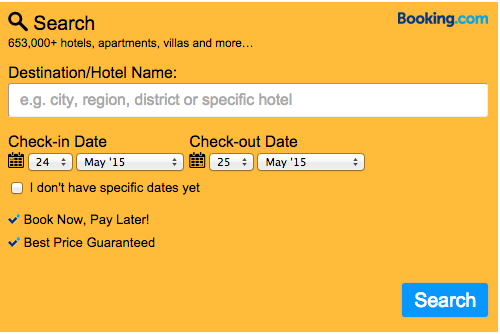
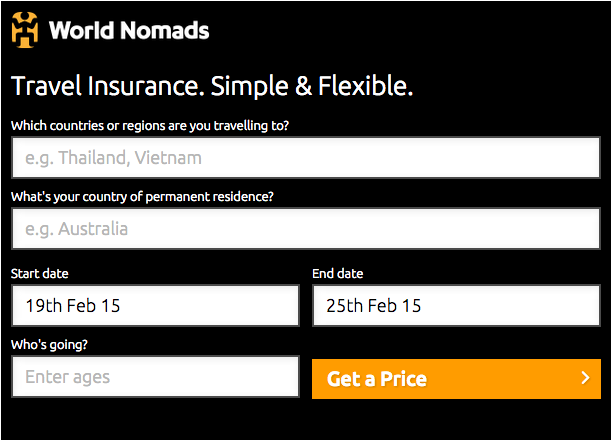
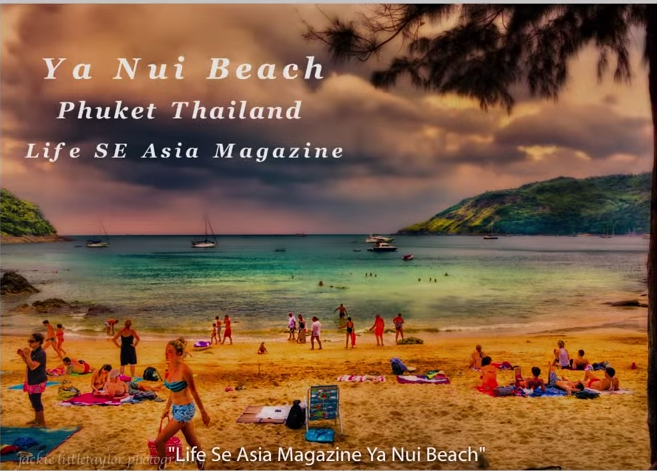
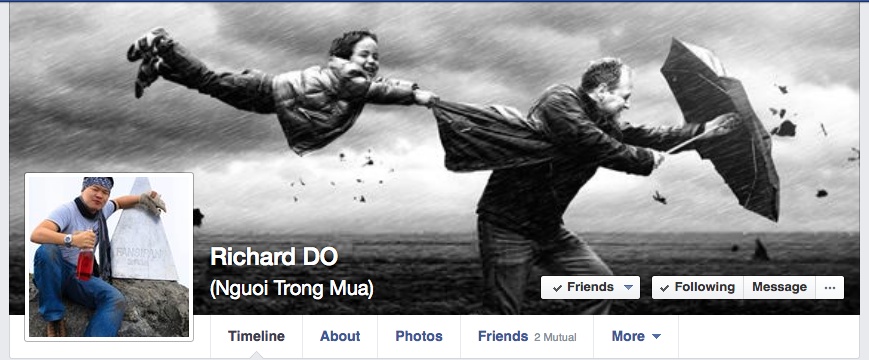
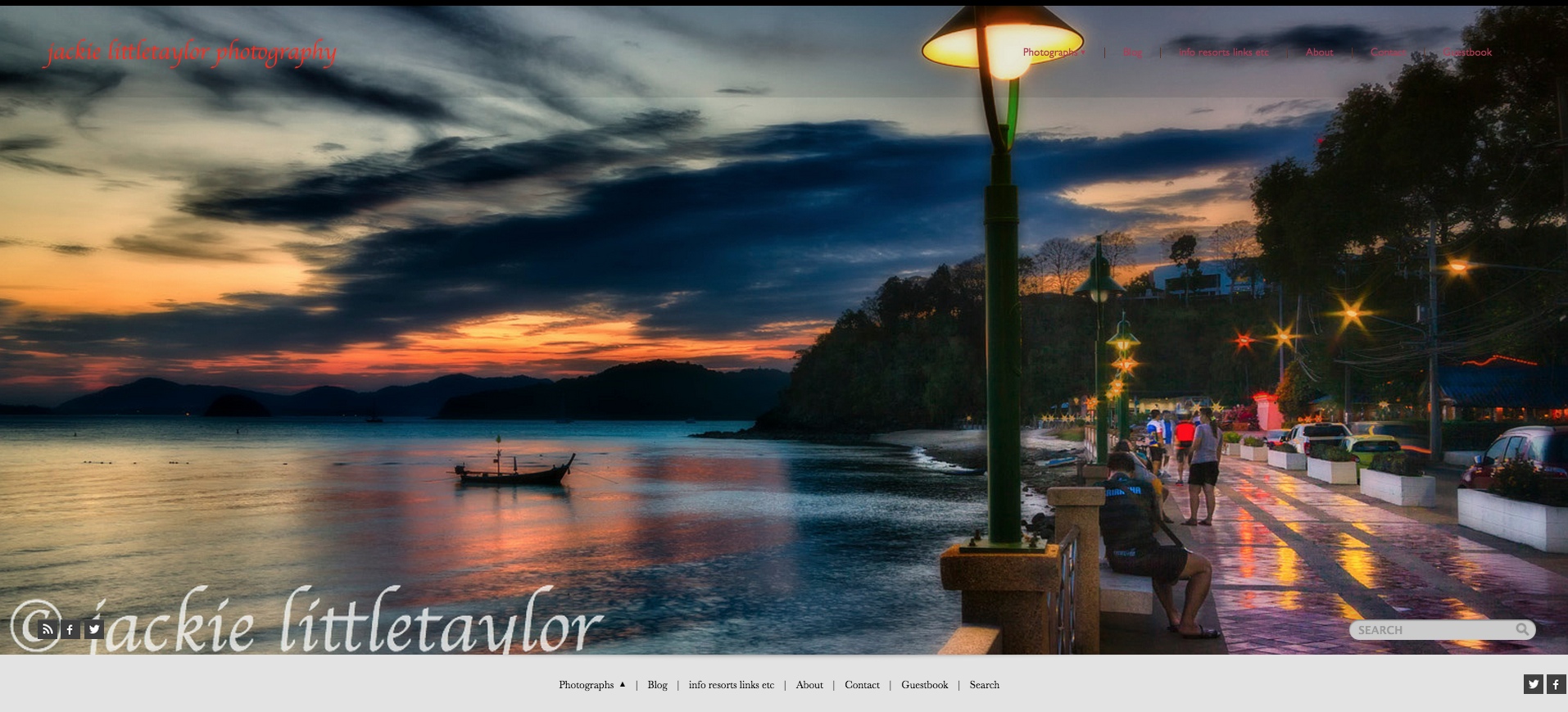
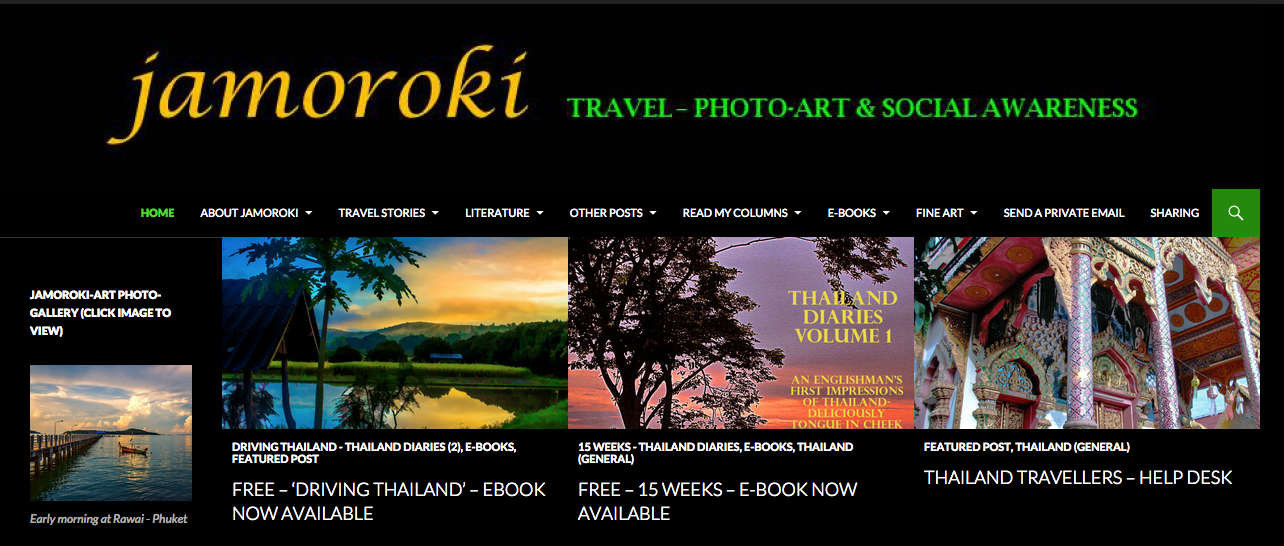
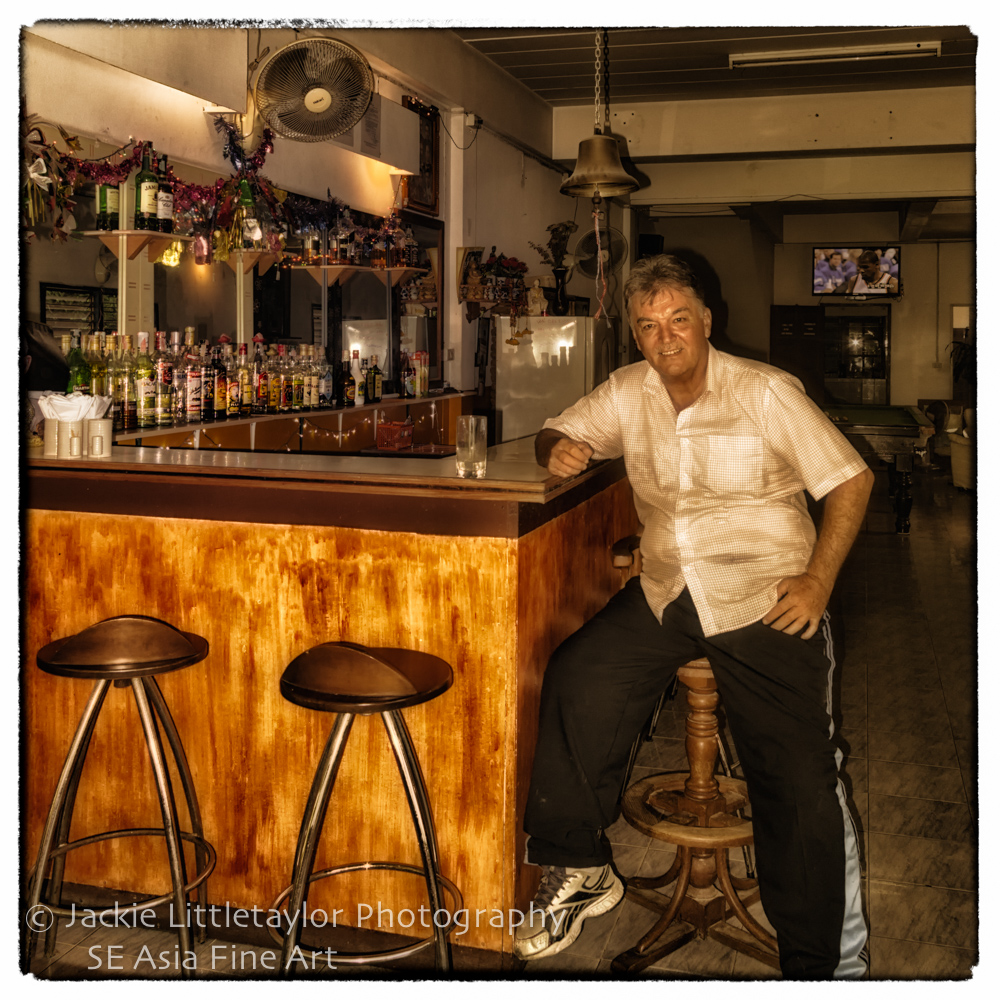

Great info and a great country! Little correction on the ´speed´ boat from Hpa-an to Mawlamyine and back, it operates daily now adays, the ferry doesnt go anymore, cuz it cannot pass under a new bridge 😉
Greetings, Ron.
LikeLiked by 1 person
Thank you so much for the update jackie
LikeLike